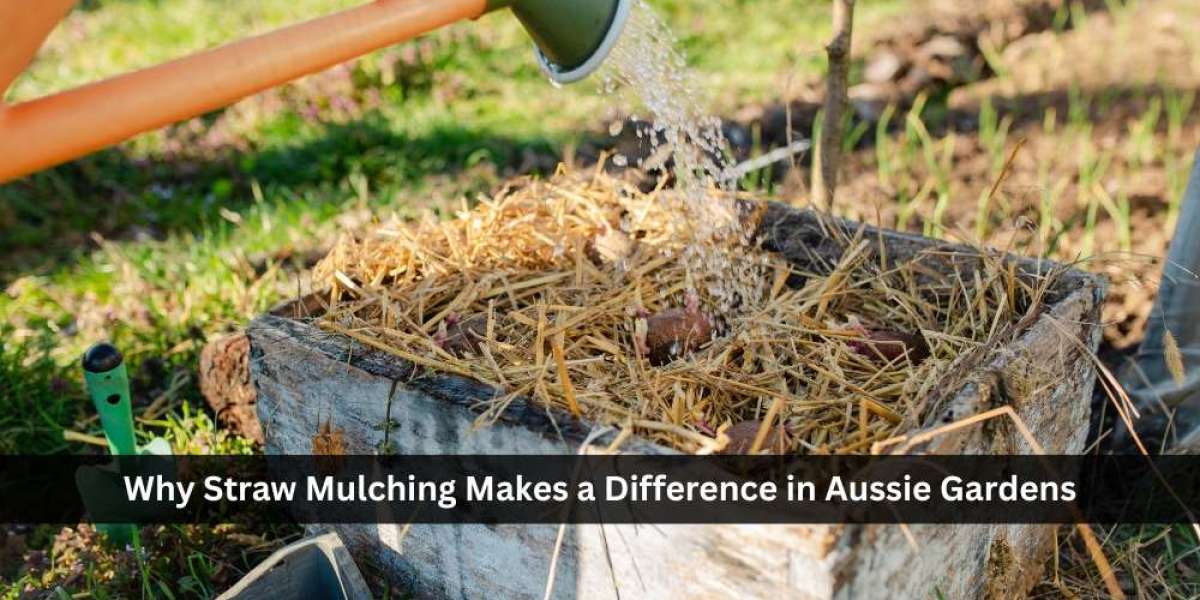Straw mulching isn’t just a throwaway job for the weekend gardener—it’s honestly one of the most underrated moves for keeping your backyard or veggie patch in shape. A thin layer might not look like much, but it makes a world of difference. It locks in that precious moisture after you’ve watered, so you don’t have to panic every time the forecast misses the mark. On top of that, it stops weeds muscling in, keeps the dirt from baking under the harsh sun, and lets the good bugs get on with their work. Anyone keen on understanding straw mulching benefits will soon see it’s about more than just keeping things tidy.
Making the most of mulching at home
Let’s talk about what straw mulch actually does for your garden beds. First up, it holds onto water—so your plants get a steady drink, not just a brief splash before it all soaks away. It also helps shield the topsoil from hammering rain or brutal heat. Throw it on thick enough (but not too thick!) and suddenly the battle with weeds isn’t so constant. And if you’re in a spot that gets hammered by wind, that mulch layer holds things together.
- Straw mulch means you’ll water less often
- Keeps topsoil from washing or blowing away
- Less weeding, more relaxing with a cuppa
- Makes soil friendlier for worms and micro-life
And here’s something handy for anyone serious about gardening: have a look at boosting garden health with mulch to see why mulch is more than just a pretty cover.
Common mistakes and how to dodge them
It’s tempting to chuck on a thick layer, but if you go too heavy, seedlings might struggle to push through or could rot. Five to seven centimetres does the trick. Don’t jam it up against the plant stems, or you’ll get rot and fungus instead of strong growth. And if you’ve got a fresh batch of straw, leave it outside to weather before spreading it—it’ll draw less nitrogen from the soil that way.
- Don’t pile straw right up to stems
- Always check straw for sneaky weed seeds
- Tidy up the mulch as it settles over time
- Let fresh straw sit before using it
In the end, straw mulching is the gardener’s best friend. It keeps the patch ticking along even when you forget to water or get busy. And if you’re after more inspiration, see what others are doing with sustainable garden ideas. It turns out, a few bales of straw can work wonders anywhere.



